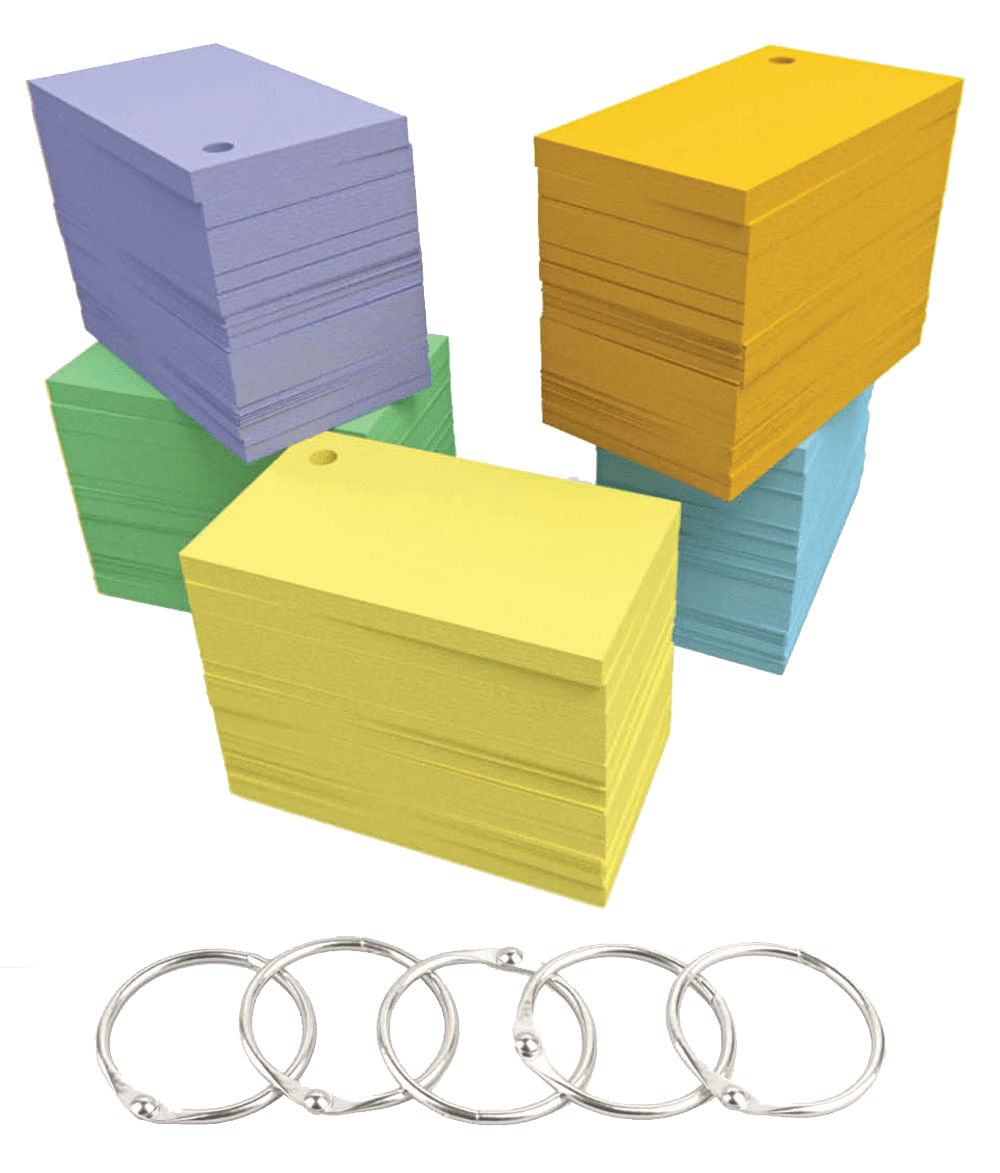

So those are the kinds of notes I write to myself. Also, where he ran toward the explosion at City Point.

Grant–incident at Mathew Brady’s studio where glass fell on him and he didn’t move. We always decide whether we continue or not.” (Will) “Our actions our constrained, our will is not. “Gaman–the Japanese word for endurance” (Persistence) “We know objectively that we learn from failure, yet we spend all our time trying to avoid it. “Don’t be the slave of circumstance.” (intro) For instance, as I was preparing for my next book, The Obstacle is The Way, I filled out thousands of these cards for ideas and concepts that I wanted included in the book. If I have a thought, I write it down on a 4×6 notecard and identify it with a theme–or if I am working on a specific project, where it would fit in the project. By the end of it, I promise the system will make sense. It’s difficult to describe this in any linear way so I am just going to do this in kind a brain dump way. But it’s still be hugely helpful to me and I think I’m in a unique position to explain this method to people. What he taught me was neat, clean and orderly. If anything, I use a perverted version of a system taught to me by the genius Robert Greene, when I was his research assistant. Now to be clear, this is not “my” notecard system.

It’s responsible for helping me publish three books in three years, (along with other books I’ve had the privilege of contributing to), write countless articles published in newspapers and websites, send out my reading recommendations every month, and make all sorts of other work and personal successes possible. All I can say is that since learning it about 7 years ago, it has totally transformed my process and drastically increased my creative output. After the response to this recent LifeHacker piece, I thought I would explain the system I use to take notes, research books and keep track of anecdotes, stories and info I come across in my work.


 0 kommentar(er)
0 kommentar(er)
